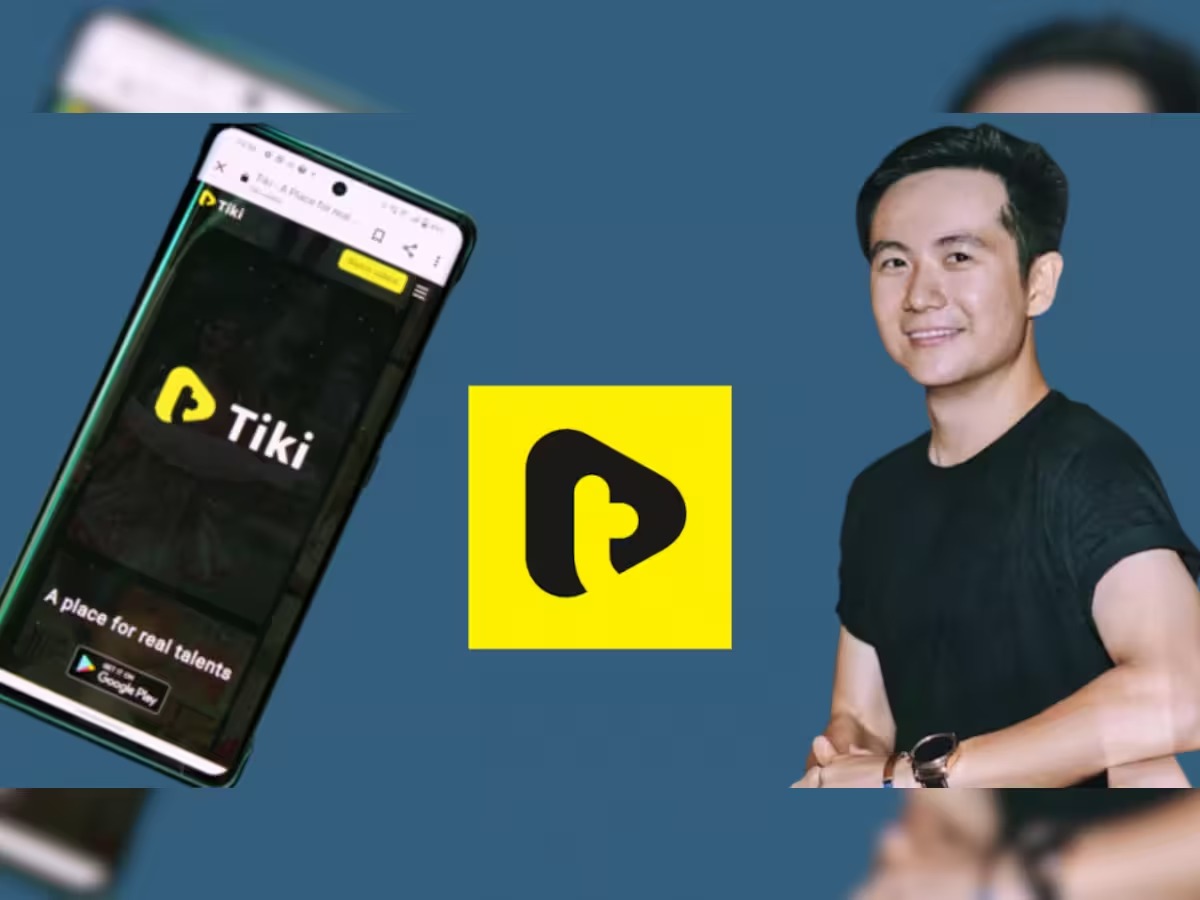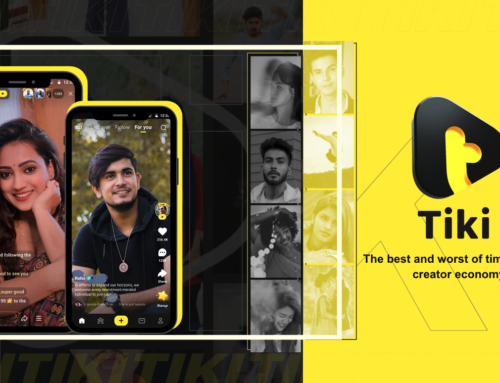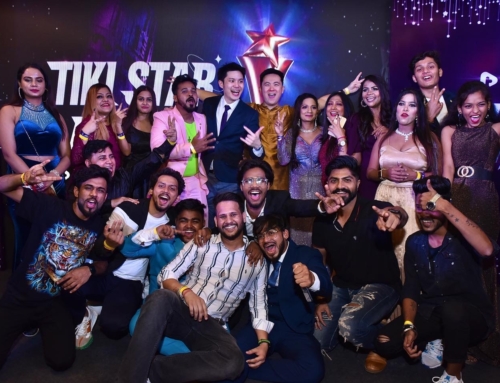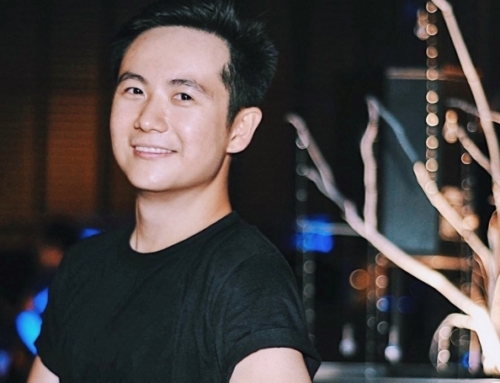Looking beyond Instagram Reels, YouTube shorts and the TikTok ban, a platform that has been seeing a boom of sorts is Singapore-based Tiki, which has been around for almost two years now, and calls itself ‘make in India.’ Its secret to success is mass appeal in India’s heartland.
India’s creator ecosystem is huge and growing day by day. The YouTube creator ecosystem contributed over Rs 10,000 crore to the Indian GDP in 2021. One of the new age parts of the creator platforms is short video platforms. And Singapore-based Tiki is making its presence felt in the space.
Short video content creation has been rising among creators since the launch of ByteDance’s TikTok in India. After the ban of TikTok in 2020, the market gap has been quickly filled by new domestic players.
According to a RedSeer Consulting study from 2021, Indian short-form applications effectively onboarded 30-35 percent of new users, while retaining 67 percent of TikTok users.
Also read: India to become a $1 trillion internet economy by 2030: RedSeer
One platform that has stepped on the gas is Singapore-based Tiki, which has been around for almost two years now. The app which calls itself a “make in India” app had a very busy 2022. As a result of its efforts to create a “healthy creator ecosystem,” the platform has experienced very little churn while adding new verticals such as live streaming and Discord-like chat rooms to boost engagement and revenue.
One thing that is working well for Tiki is creator participation from tier 2 and tier 3 cities in India.
“60 percent of our traffic comes from tier 2 and tier 3 cities across India. With the rise of internet users in India, most social platforms may be too saturated. Therefore, it is not easy for the creators from tier 2 and tier 3 cities to establish their follower base,” Ian Goh, CEO of Tiki told CNBC-TV18.com.
Tiki aims to create a very new creator base in India which is not available on popular short video platforms like YouTube shorts and Instagram Reels.
“Our platform seems to have a very active following or user base from cities like Uttar Pradesh, Maharashtra, Rajasthan, Karnataka, Gujarat, and Bihar. Our hypothesis is that tier 1 creators may still have the hope of gaining popularity on Instagram, as many of their friends are already on the platform. In contrast, tier 2 and 3 creators may not have the same opportunity on Instagram. However, on Tiki, they are able to find a community of like-minded creators and users who appreciate their content,” added Goh.
The app has garnered a sizable user base with over 100 million downloads in the Google Play store. It’s currently No. 5 in the top free social apps in India.
Originality is the key to creator economy growth in tier 2 and tier 3 cities
Goh added that for the creator economy to flourish it’s important that apps pay attention to originality.
“If a platform simply showcases the non-original viral videos, there’s no room for growth for original content created by local talented creators,” said Goh.
He further added that the dilemma for the Indian creator economy is that the creators are not the winners of the boom, they are not even fairly represented by the media. Without the success and satisfaction of creators, the creator economy is nothing but another bubble economy.
“Come for the content, stay for the community, is the motto that we abide by and should become the motto amongst apps,” added Goh.
What can creators look out for in 2023?
As per Goh, platforms that add value to creators and stakeholders will stay for the long run. Sustainable growth is key in this economic climate. The pivot from the ‘attention economy’ to ‘intention economy’ is about moving from a model where attention is the main commodity, to one where the focus is on fulfilling the needs and intentions of the users.
Tiki, on the other hand, is also working with local partners to become the go to media platform in India and break even by 2023. The short video platform was recently the global distribution partner in India for the Games Awards.
*Note: This article was written on CNBCTV18














